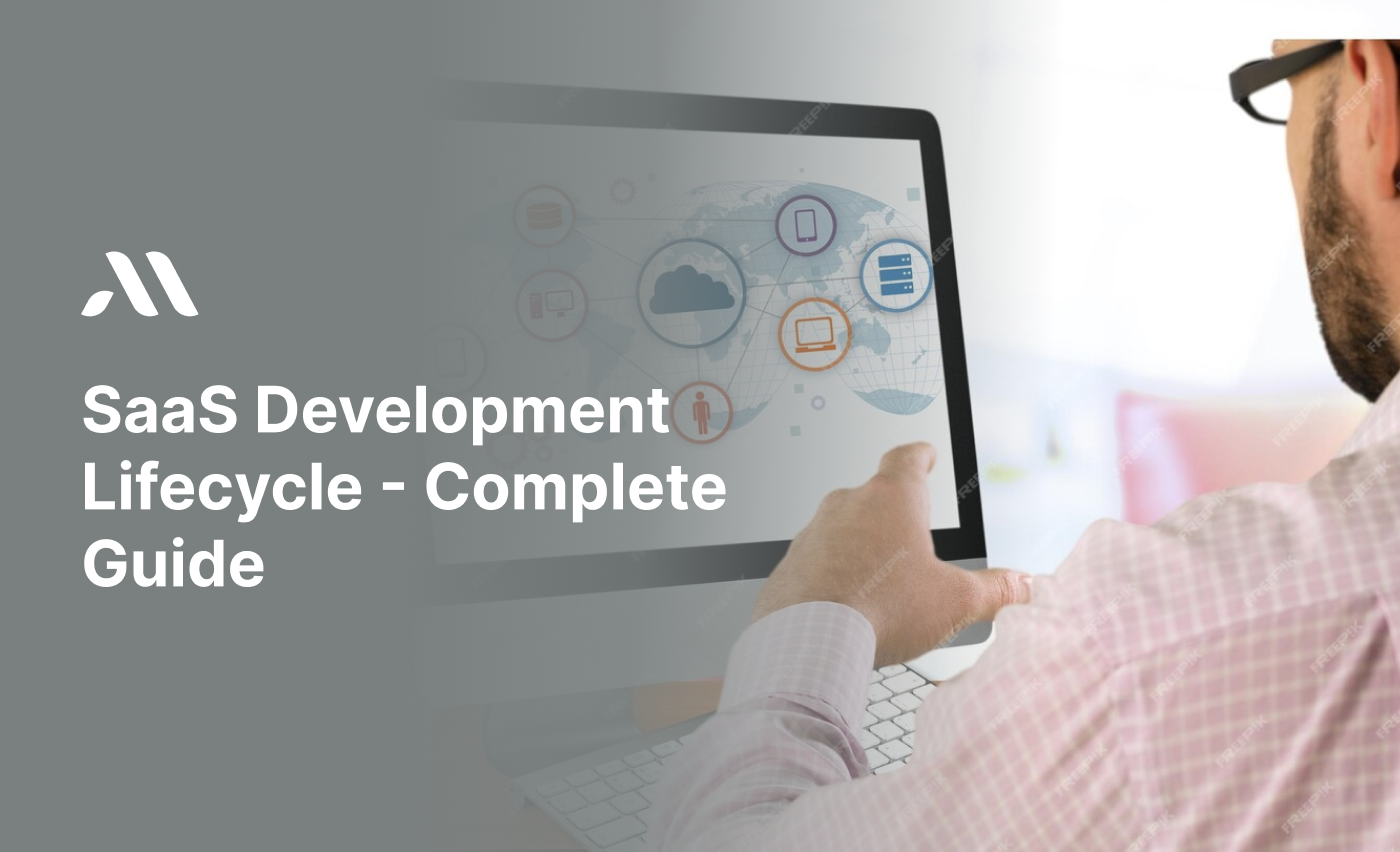Introduction to the SaaS Development Lifecycle
The SaaS Development Lifecycle is like a journey that every software as a service (SaaS) product goes through before it becomes available for users. This process involves several steps, from coming up with an idea to making sure the software runs smoothly for everyone. Understanding the SaaS Development Lifecycle is important whether you’re a business owner, a developer, or just curious about how software is made.
In this guide, we will Break down the SaaS Development Lifecycle into simple and easy-to-understand steps. We will also share tips, reminders, and even some interesting statistics to make everything clearer.
- 90% of companies use cloud-based services, which include SaaS products. This shows the growing demand for SaaS solutions.
- The global SaaS market is expected to reach $307.3 billion by 2026, making it a lucrative industry for businesses and developers alike.
- 75% of SaaS companies provide free trials or freemium models, which help attract and retain users.
Step 1: Planning and Research
Every great software starts with a plan. In this first step, a SaaS Development Company needs to ask questions like:
- What problem does the software solve?
- Who will use it?
- What features should it have?
Once the answers to these questions are clear, the company researches to understand the market and competitors. This is also the time to decide on the technologies and tools that will be used.
Remember: A well-thought-out plan is the foundation of a successful SaaS Development Lifecycle. Without it, the project may face challenges later on.
Step 2: Designing the Software
After planning, it’s time to design the software. In this stage, designers create the look and feel of the software. They design how users will interact with it, making sure it’s easy to use.
The design stage includes creating wireframes and prototypes, which are like rough sketches of the final product. These designs help the SaaS Development Company visualize the software before it’s built.
Tip: Keep the user experience (UX) in mind during the design process. A simple and user-friendly design is key to making users happy.
Step 3: Development
Now comes the exciting part: building the software. Developers write code to turn the design into a working product. This stage is where the SaaS Development Lifecycle gets into full swing.
Developers work in teams to write, test, and improve the software’s code. They use various programming languages and tools to ensure the software functions as planned. The development stage can take time, depending on the complexity of the software.
Note: Collaboration is important in this stage. Developers, designers, and project managers must work together to avoid mistakes and ensure the software meets all requirements.
Step 4: Testing
Testing is a vital part of the SaaS Development Lifecycle. Before launching the software, it’s essential to test it thoroughly to catch any bugs or issues. Testing ensures that the software is reliable, secure, and performs well.
There are different types of testing:
- Unit Testing: Checks individual parts of the software.
- Integration Testing: Ensures different parts work well together.
- User Testing: Real users test the software to see if it’s easy to use.
Testing may reveal problems that need fixing before the software can be launched. It’s better to find and fix these issues now rather than after the software is available to the public.
“Quality means doing it right when no one is looking.” – Henry Ford
Step 5: Deployment
Once the software passes all tests, it’s time to deploy it. Deployment is the process of making the software available to users. This stage in the SaaS Development Lifecycle involves setting up servers, databases, and everything else needed to run the software smoothly.
Deployment can be done in stages, starting with a small group of users (beta testing) and then gradually rolling out to everyone. This approach helps the SaaS Development Company catch any last-minute issues.
Tip: Consider using cloud services for deployment. They provide flexibility, scalability, and cost-effectiveness, which are essential for SaaS products.
Step 6: Monitoring and Maintenance
The SaaS Development Lifecycle doesn’t end with deployment. After the software is live, it needs continuous monitoring and maintenance. This stage ensures the software remains functional, secure, and up-to-date.
Monitoring involves checking the software’s performance, security, and user feedback. If any issues arise, they must be addressed quickly. Maintenance also includes updating the software with new features or improvements based on user feedback.
Remember: Continuous improvement is key to the success of a SaaS product. Regular updates keep users happy and the software competitive.
The Role of a SaaS Development Company
A Best SaaS Development Company plays an important role in the SaaS Development Lifecycle. These companies specialize in creating SaaS products from start to finish. They have teams of experts in planning, design, development, testing, deployment, and maintenance.
Choosing the right SaaS Development Company is important for the success of your software. Look for a company with experience, good communication skills, and a proven track record of successful projects.
Conclusion
The SaaS Development Lifecycle is a structured process that guides the creation of software products. By following each step carefully, from planning to maintenance, a SaaS Development Company can create successful and reliable SaaS products that meet user needs.
Ready to bring your app idea to life? At MicraSol, we make app development simple and effective. Whether it’s a SaaS product or a custom app, our expert team is here to help you every step of the way. Let’s create something amazing together. Contact MicraSol today!
Whether you’re a business owner looking to develop SaaS software or a developer interested in the process, understanding the SaaS Development Lifecycle is important. Remember to focus on planning, collaboration, and continuous improvement to ensure your software grows in the competitive market.
Final Tip: Always keep the end user in mind throughout the SaaS Development Lifecycle. Their satisfaction is the ultimate goal of any SaaS product.
FAQS
What is the SaaS Development Lifecycle?
The SaaS Development Lifecycle is the series of steps that a software product goes through from the idea stage to being used by people. It includes planning, designing, building, testing, launching, and maintaining the software.
Why is planning important in the SaaS Development Lifecycle?
Planning is like making a map before a journey. It helps the team know what they need to do and how to do it. Good planning makes sure the software solves the right problems and meets users’ needs.
What happens during the design stage?
In the design stage, the look and feel of the software are decided. Designers create sketches and models to show how the software will look and work. This helps everyone understand how users will interact with the software.
How is the software built?
The software is built during the development stage. Developers write code to turn the design into a working product. They work together to make sure everything works correctly and the software does what it’s supposed to do.
Why is testing so important?
Testing is like checking your homework before you hand it in. It helps find and fix any problems or bugs in the software. Testing makes sure the software is reliable, secure, and works well for users.








